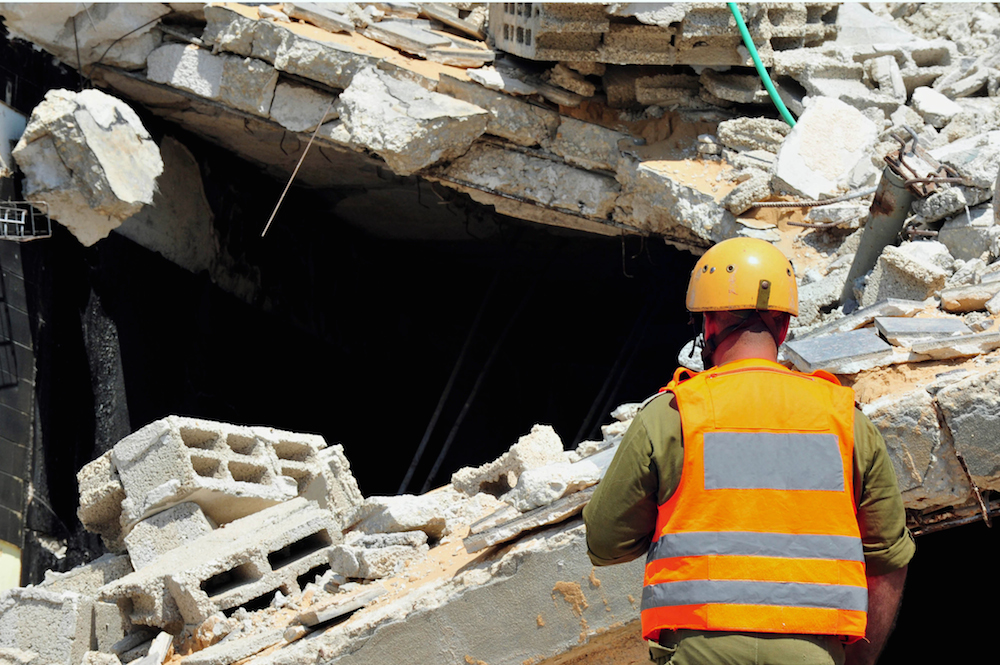After a disaster, your food processing plant must get up and running again as soon as possible. Making moves to clean up or sweep debris may be a tempting first response, but it could be deadly. Instead, you must assess for structural damage first.
For example, when a Food Lion facility in North Carolina was hit by tornado a few years ago, some of the damage included twisted columns. This meant that one gust of wind could have caused a portion of the facility to collapse, likely killing someone had they gone inside immediately. However, we took a crucial step first before trying to repair the facility’s post-disaster destruction: we assessed the structural damage.
This step should always be your priority, as personnel welfare and safety are at risk. Without assessing structural damage, you’re putting everyone who enters your facility at risk.
What to look for
Before sending in the clean-up crew, stop to answer the following questions to determine the structural integrity of the building:
- What’s required to stabilize the structure?
- How do we restrict access to dangerous parts of the plant?
- How do we conduct demolition without causing further damage to the facility?
Bracing and shoring
Bracing walls and shoring floors are key methods that help stabilize your facility’s structure. This is a highly technical process and should be handled by experienced professionals. Otherwise you may unwittingly expose personnel to a hazardous situation.
A lot of companies offer bracing and shoring services as it’s typical for new construction; however, they may not be experienced in the techniques for emergency situations. For your facility’s safety, enlist structural engineers with experience in bracing and shoring following disasters.
If you’d like to learn more about structural assessments, email me at foodforthought@stellar.net.



